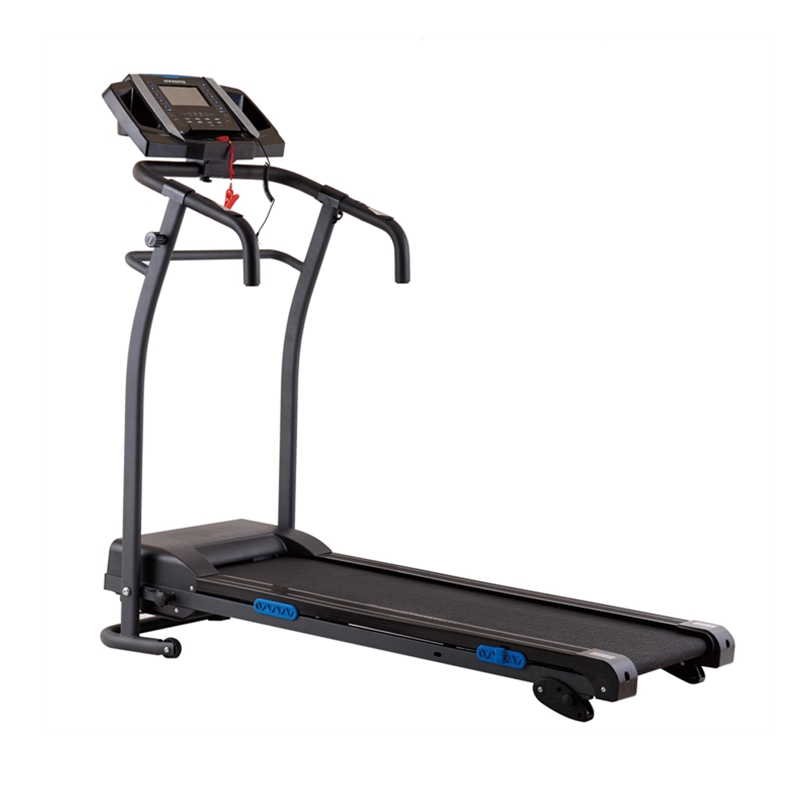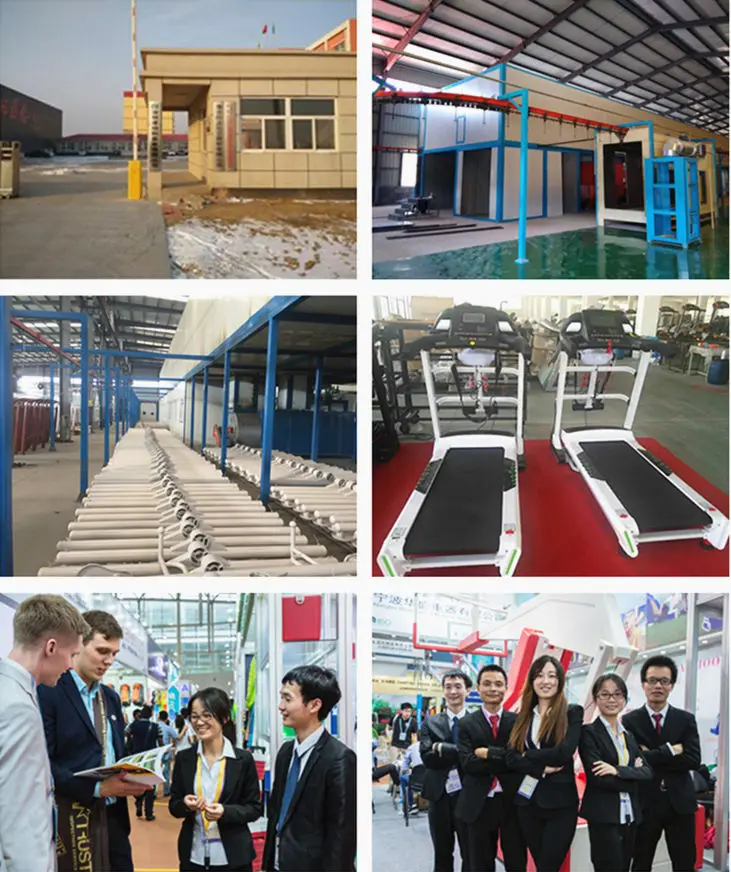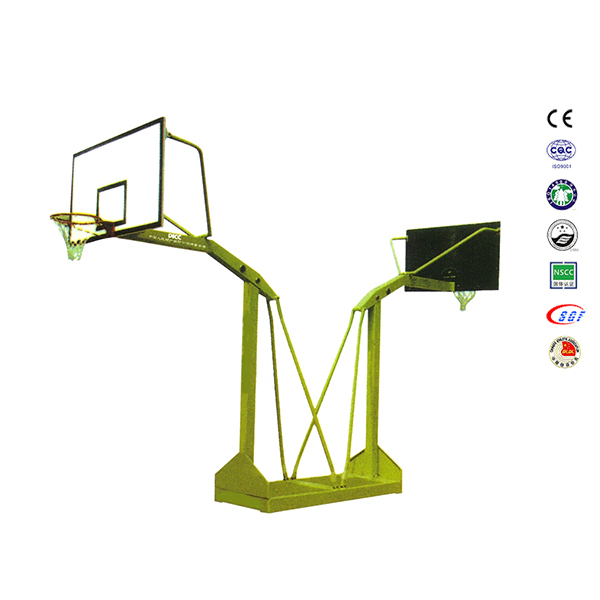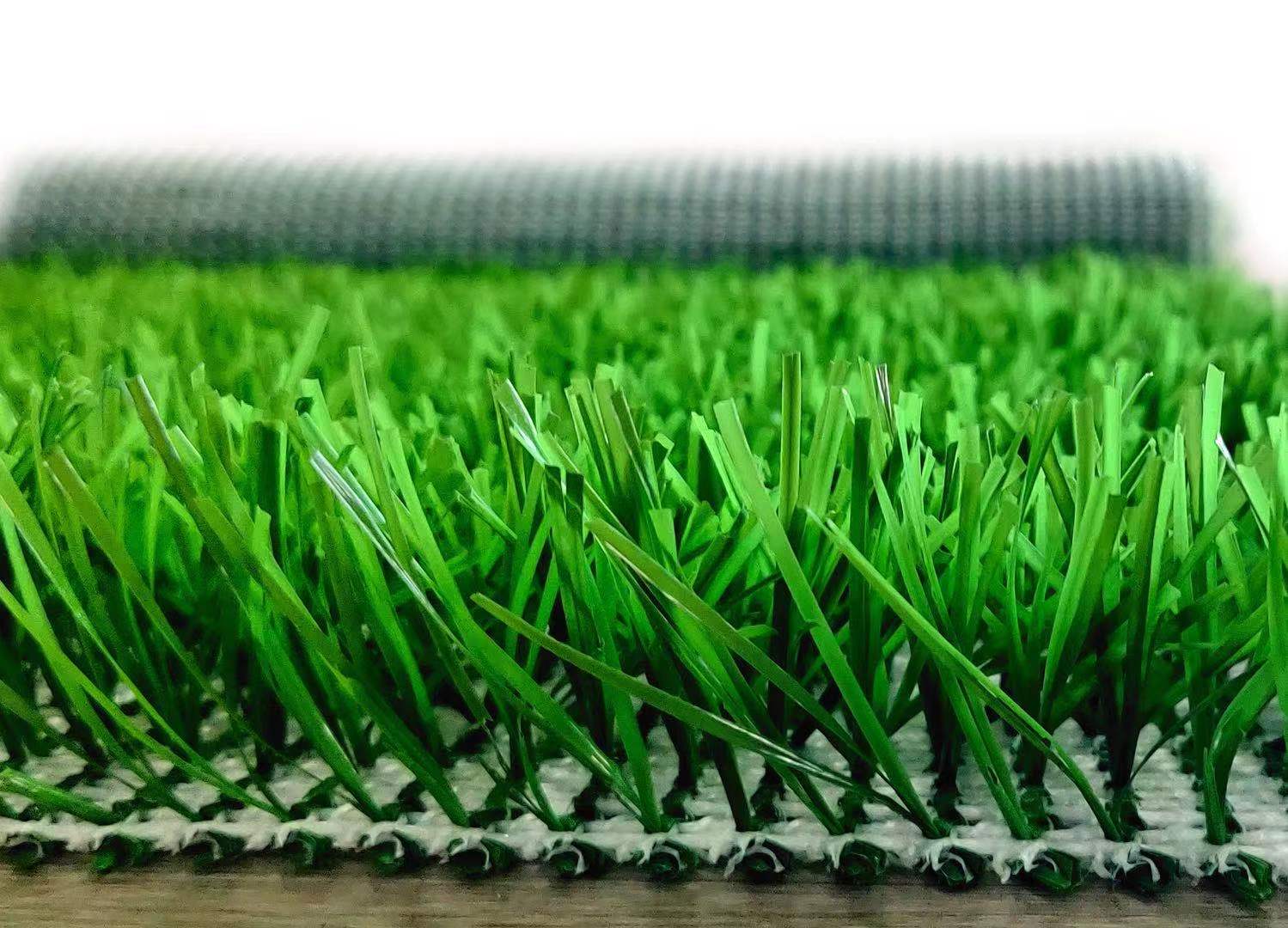Product
Benefits of walking backwards on treadmill
Basic Info
Walking backwards on a treadmill - also known as vintage walking - is a tip recommended by physical therapists as a way to improve knee pain.Whether that pain is caused by an overuse injury, a muscle imbalance, or tendonitis, walking backwards can help a lot, says Kris Ceniza, a physical therapist, trainer, and manager at KneeForce.
According to Ceniza, when you walk backwards, you're working the same muscle groups as when you walk normally; the only thing that changes is what he calls synergy. “Walking usually works your entire lower body, and so does walking backwards,” he explains. “The difference is that when you walk forward, your quadriceps and hip flexors contract concentrically to swing your legs forward, while your glutes and hamstrings contract eccentrically to control the forward momentum of your legs.”
This combination helps you propel yourself forward while walking. The problem is that for many people, especially if you have tight hamstrings from a sedentary lifestyle, the muscles may be askew, which can put undue stress on your knees. With that in mind, here's what experts say walking backwards can do for your most important knee joint.

Benefits of walking backwards
You can think of walking backwards as a nice little break for your knees and an easy way to strengthen your legs in a whole new way. The idea is that when you walk backwards on a treadmill, you reverse the action of all the aforementioned muscle groups. The hamstrings and gluteus maximus will play the role of the quadriceps and hip flexors, and vice versa.Ceniza says this simple switch can help you create more balance in your legs and also improve the “bad biomechanics” in your body that lead to knee pain. In fact, a 2019 study of a 6-week retro walking program found that it was effective in reducing knee pain and overall function. It also helped improve quadriceps strength and performance.
If you have joint pain, you may want to try Retro Walking, which Ceniza says almost anyone can benefit from thanks to the way it fixes muscle imbalances, strengthens the quads, and promotes coordination. “I would recommend it to almost anyone, including those without knee pain,” he says.
How to walk backwards on a treadmill
To try this walk, set the treadmill to a slow speed and grab the handrails. “Don't worry about swinging your arms when you first start; instead, focus on the stride,” Ceniza says. “When your lower-body rhythm feels comfortable, continue, start taking your hands off the track, and do something that feels natural. Relax, and you should instinctively start swinging, especially if you pick up the pace.” As you get used to it, you can increase the speed or add a little incline to meet the challenge.Feel free to walk backwards multiple times a week or even a day. “It doesn't have to be lengthy and intense, either,” Ceniza says. “At the very least, I'd say walking backwards on a treadmill for 10 to 15 minutes will give you a benefit, but you can go longer depending on your fitness level. To be safe, though, remember to stop before you fatigue and go at a pace you still can.”

LDK Commercial Heavy Duty Treadmill
Grayson Wickham, a physical therapist at Lux Physical Therapy and Functional Medicine in New York City, says, “I think it's amazing to incorporate some backward movement into your day.” “People sit too much these days, and there's a lack of a variety of movement.”
A lot of research has been done on the potential benefits of “retro walking,” which is a collective term for walking backwards. According to a March 2021 study, participants who walked backwards on a treadmill for 30 minutes at a time over a four-week period increased their balance, walking speed and cardiorespiratory fitness.
In addition, according to a clinical trial, a group of women lost body fat and increased cardiorespiratory fitness after a six-week program of running and walking backwards. The results of the trial were published in the April 2005 issue of the International Journal of Sports Medicine.
Other studies have shown that backward movement can help those with osteoarthritis of the knee and chronic back pain, and improve gait and balance.
Retro walking can even sharpen your mind and help you become more focused, as your brain needs to be more alert when moving in this novel way. For this reason, along with the fact that backward movement helps with balance, adding some backward walking to your daily routine may be especially beneficial for seniors, as a 2021 study of chronic stroke patients suggests.
Change the muscles you're using
Why is moving backward so helpful? “When you push forward, it's a hamstring-dominant movement,” says Landry Estes, a certified strength and conditioning specialist in College Station, Texas. “If you go backward, it's a role reversal, your quads are burning, and you're doing knee extensions.”So you're working different muscles, which is always beneficial and builds strength. “Strength can overcome a lot of deficiencies,” Estes says.
Your body is also moving in an atypical way. Most people live and move in the sagittal plane (forward and backward motion) every day and almost exclusively in the forward sagittal plane, says Wickham.
“The body adapts to the postures, movements and positions you do most often,” Wickham says. “This leads to muscle and joint tension, which leads to joint compensation, which leads to joint wear and tear, and then pain and injury.” The more movement we add to our daily activities or in the gym, the better it is for our bodies.”

How to Start a Backwards Habit
Retro exercise is not a new concept. For centuries, the Chinese have been moving backwards for physical and mental health. Moving backwards is also common in sports-think soccer players and referees.There are even races where people run and walk backwards, and others run backwards while participating in prestigious events like the Boston Marathon.Loren Zitomersky did this in 2018 to raise money for epilepsy research and to try to break a world record. (He did the former, but not the latter.)
It's easy to get started. As with any new sport, the key is to take your time. Wickham says you can start by walking backwards for five minutes a couple times a week. Or spend 20 minutes walking, with five of those minutes inverted. As your body gets used to the movement, you can increase the time and speed, or try something more challenging, like squatting and walking backwards.
Says Wickham: “If you're younger and exercise regularly, you can walk backwards for as long as you want.” “It's relatively safe on its own.”
Sign up for CNN's Fitness, But Better newsletter series. Our seven-part guide will help you ease into a healthy routine with expert support.
Outdoor vs. treadmill options
Walking backwards while pulling a sled is one of Estes' favorite exercises. But he says walking backwards is also great if you can find a self-powered LDK treadmill. Estes says that while a motorized treadmill is also an option, running under your own power is more beneficial.Vintage outdoor walks are another option, also recommended by Wickham. “While a treadmill simulates walking, it's not as natural. Plus, you run the risk of falling. If you fall outside, it's less dangerous.”
If you choose to vintage walk on a treadmill, especially a motorized one, start by grabbing the handrails and setting the speed fairly slow. As you get used to the motion, you can go faster, increase the incline and let go of the handrail.
If you choose to try this outdoors, start by choosing a place where there is no danger, such as a grassy area in a park. Then begin your retro adventure by keeping your head and chest upright while rolling from your big toe to your heel.
While you may need to look back occasionally, you don't want to do this all the time because it will twist your body. Another option is to walk with a forward-facing friend who can act as your eyes. After a few minutes, switch roles so your friend can benefit as well.
LDK sports equipment manufacturer's promotion is in progress: Click to contact us now














